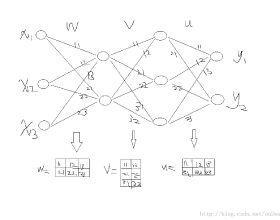This technical report is devoted to the continuous estimation of an epsilon-assignment. Roughly speaking, an epsilon assignment between two sets V1 and V2 may be understood as a bijective mapping between a sub part of V1 and a sub part of V2 . The remaining elements of V1 (not included in this mapping) are mapped onto an epsilon pseudo element of V2 . We say that such elements are deleted. Conversely, the remaining elements of V2 correspond to the image of the epsilon pseudo element of V1. We say that these elements are inserted. As a result our method provides a result similar to the one of the Sinkhorn algorithm with the additional ability to reject some elements which are either inserted or deleted. It thus naturally handles sets V1 and V2 of different sizes and decides mappings/insertions/deletions in a unified way. Our algorithms are iterative and differentiable and may thus be easily inserted within a backpropagation based learning framework such as artificial neural networks.
翻译:本技术报告专门用于持续估计聚硅任务。 粗略地说,两套V1和V2之间的聚硅任务可被理解为V1子部分和V2子部分之间的双向映射。 V1的剩余元素(未包括在本映射中)被映射到V2的聚硅伪元素上。我们说,这些元素已被删除。相反,V2的剩余元素与V1的聚硅伪元素图像相对应。我们说,这些元素被插入。因此,我们的方法提供了类似于Sinkhorn算法的结果,它增加了拒绝某些被插入或删除的元素的能力。因此,它自然地将不同大小的V1和V2设置成V1和V2,并以统一的方式决定绘图/插入/删除。我们的算法是迭接和不同的,因此可以很容易被插入一个基于后再回回的学习框架,例如人工神经网络。
相关内容
Source: Apple - iOS 8





